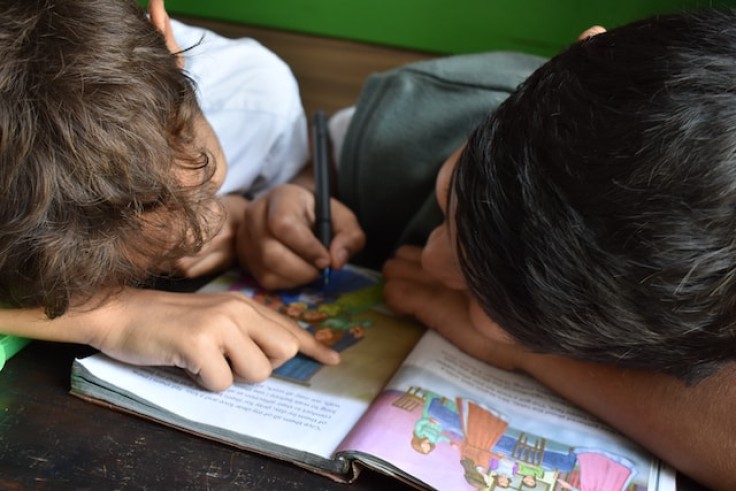
A comprehensive study has shed light on a distressing trend: states with stringent abortion laws, even before the landmark Roe v. Wade decision was overturned, have seen a surge in the number of children placed in foster care. This revelation raises significant concerns about the impact of such laws on families, particularly those of color.
The study, published in JAMA Pediatrics, meticulously analyzed data comparing children born between 1990 and 2011 and those who entered foster care from 2000 to 2020. It revealed an 11% uptick in foster placements in states with restrictive abortion laws known as TRAP (Targeted Restrictions on Abortion Providers) compared to those without these laws.
TRAP laws, by imposing onerous restrictions on clinics, often render abortion services inaccessible despite being legally available, forcing clinics to close. This has affected over 4 million children during the examined period, disproportionately impacting black children.
TRAP Laws and Their Impact
TRAP laws, which have been enacted in 23 states, ostensibly aim to protect mothers and children. However, studies and judicial reviews consistently find that these laws do not improve the safety of abortion procedures.
Instead, they create barriers that lead to more significant hardships for pregnant individuals in these states, especially people of color, resulting in higher mortality rates related to childbirth and pregnancy complications. Those denied abortions face not only health risks but also financial instability.
An 11% increase in foster care placements may seem marginal, but given an already overstretched system, this can push the foster care network to a breaking point. The COVID-19 pandemic has further strained the system, with many states witnessing a drastic decline in the number of available foster homes. The Supreme Court's decision to overturn Roe v. Wade only portends a worsening situation, with total abortion bans in certain states likely to exacerbate these issues.
Dr. Savannah Atkins from Bentley University warns that the broad legislation regulating abortion must consider these substantial effects. The editorial accompanying the JAMA Pediatrics study, penned by Indiana University Medical School doctors, points out the added pressure abortion restrictions place on minority families, often leading to foster care placement not because of neglect or abuse but due to inadequate housing and resources.
Read Also : Texas Judge Grants Temporary Exemption for Complicated Pregnancies under Controversial Abortion Law
The Irony of Abortion Restrictions
The editorial underscores the contradictory nature of anti-abortion rhetoric, which claims to protect families while simultaneously failing to provide the necessary support for them to raise their children safely. With empirical evidence suggesting that national policy is leading to children being taken away due to economic constraints, there's a call for a re-evaluation of these legislative decisions.
While foster care can provide a haven for some, the general outlook for children in the system is bleak. They tend to perform worse in health, education, and economic outcomes compared to their peers from stable families, with children of color facing even steeper challenges.
Adkins, whose family has personally benefited from the foster care system through adoption, acknowledges the deep-seated issues within the system and the additional negative impacts of restrictive abortion laws on children's futures.
This study presents a stark picture of how intertwined abortion laws and foster care placements are, highlighting the need for a more supportive and holistic approach to legislation that truly protects the well-being of women, children, and families.